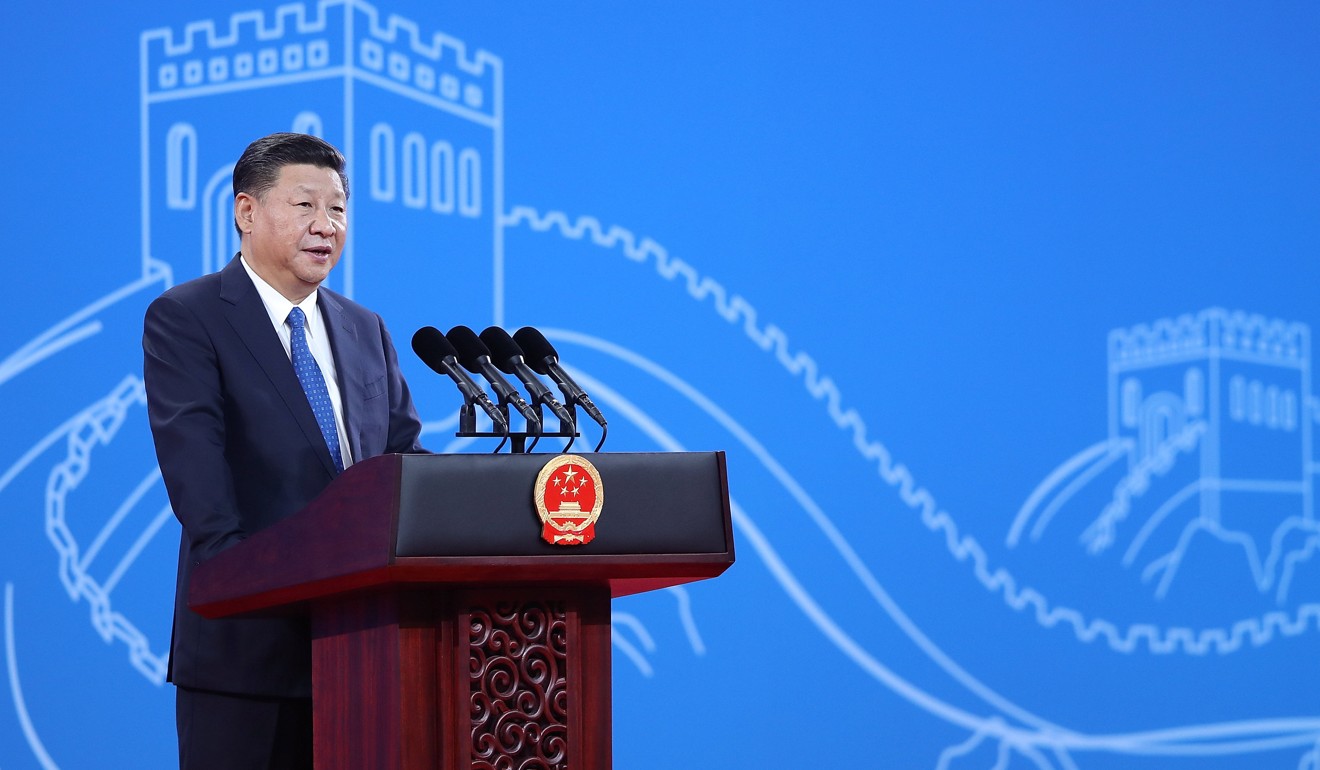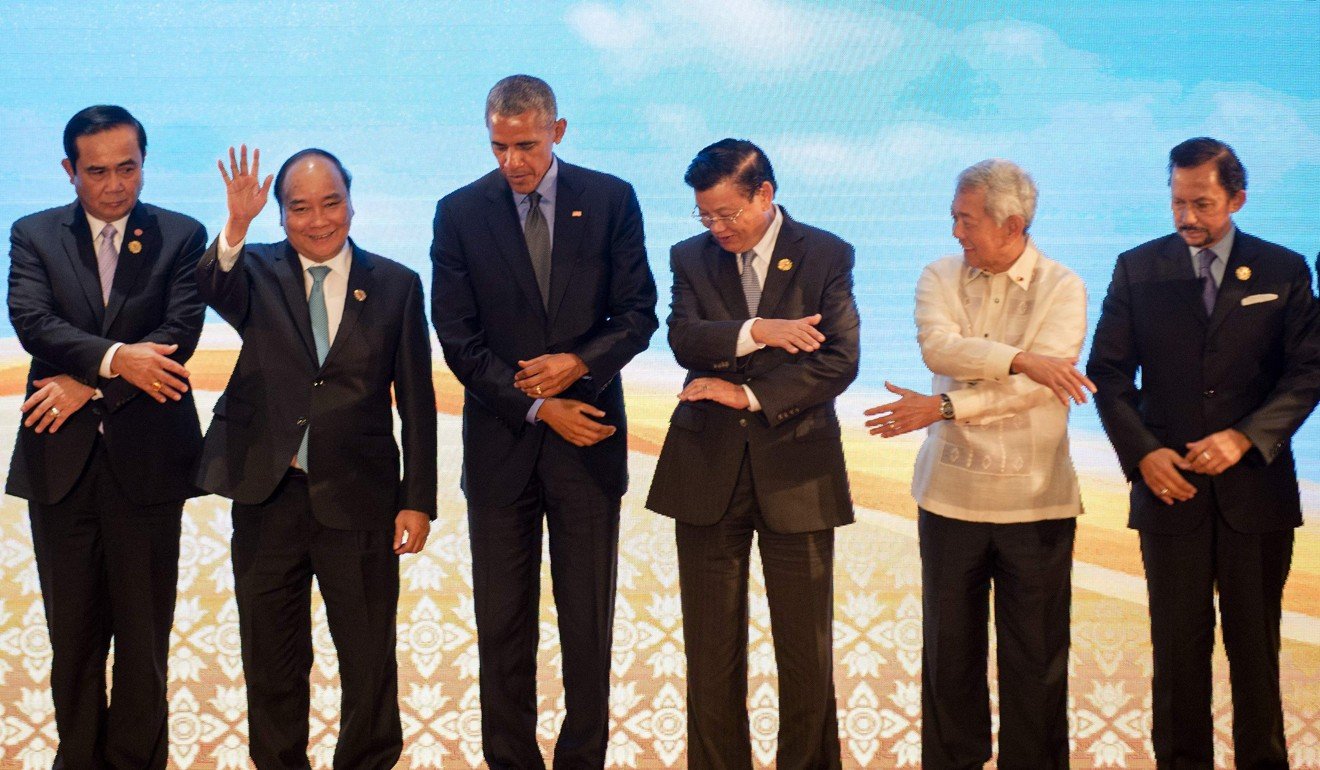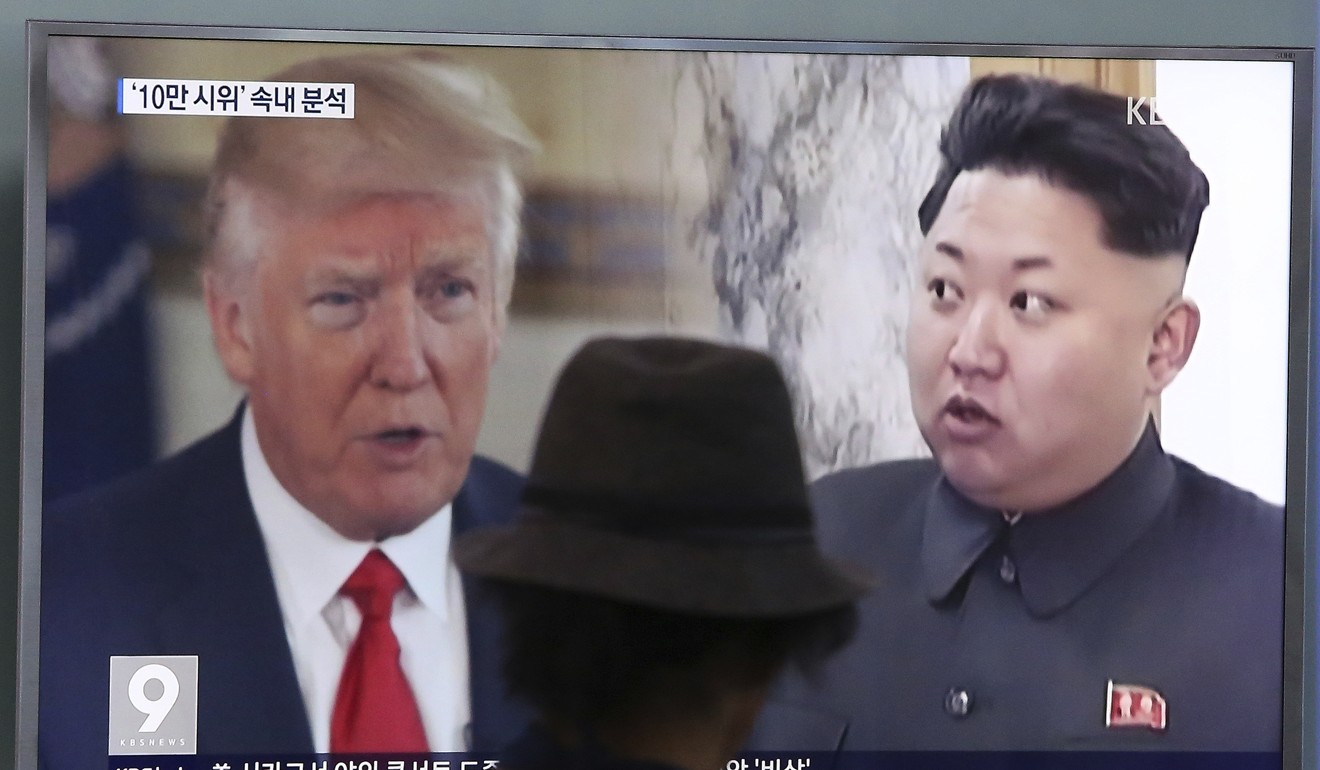
Trump needs foreign policy wins on Asian trip to reverse his soft power disaster
Richard Heydarian writes that the mix of China’s influence and North Korea’s missile capability will present big strategic challenges for visiting US president
US President Donald Trump’s upcoming visit to Asia couldn’t take place at a more crucial juncture. Under the controversial president’s watch, America’s decades-long regional hegemony is under stress as never before. More crucially, peace and prosperity in one of the world’s most dynamic regions can no longer be taken for granted.
The US leader is expected to embark on a marathon 12-day foreign trip in early November. He will visit three allied nations (i.e., South Korea, Japan and the Philippines), a new strategic partner (Vietnam) and Asia’s most powerful nation (China).
In Asia, Trump has his work cut out for him. On the one hand, he will have to manage rising tensions with China and North Korea lest he risk igniting a renewed cycle of military conflict in an already volatile strategic landscape.
On the other hand, he will have to reassure friends and allies that the US will not shed its prior bilateral obligations and multilateral commitments in favour of unilateral isolationism.

In China, Trump faces the challenge of soliciting maximum help with the North Korean missile threat. In exchange, he likely will have to find a mutually acceptable accommodation in the South China Sea and scale back punitive trade measures against Beijing.
In South Korea and Japan, Trump faces an uphill battle to regain lost confidence in America’s reliability. Recently, the US president has been at loggerheads with Seoul over diplomatic negotiations with Pyongyang, while Tokyo worries about Trump’s appreciation, or lack thereof, of the complexity of strategic challenges in the region.
While Japan and South Korea seek greater US resistance against perceived threats from either China or North Korea, or both, they also are deeply wary vis-à-vis unwanted military escalation.
In Southeast Asia, meanwhile, old allies such as the Philippines increasingly have aligned with China. Under President Rodrigo Duterte, Manila has rapidly upgraded defence and economic ties with Beijing. Other countries in the Association of Southeast Asian Nations (Asean) such as Thailand and Malaysia have followed suit.
Above all, the American president will have to reassure the world’s largest economies that his country remains committed to a liberal international order. Trump will have to convince Asia that the US will underwrite the “three freedoms”: free trade, free flow of capital and labour and freedom of navigation and overflight in international waters.

This would be no easy task. In recent years, a growing number of regional states has come to question America’s wherewithal to remain as an anchor of stability and prosperity in the Asia-Pacific theatre.
This is precisely why former US President Barack Obama launched the “pivot to Asia” policy, which entailed a wide array of diplomatic and strategic initiatives. The Obama administration, for instance, launched the Trans-Pacific Partnership Agreement (TPP) to re-create the American economic footprint amid the rise of China.
The former US president also appointed a permanent ambassador to Asean, welcomed Indonesia into the elite G20 club, normalised relations with Vietnam, and signed new defence agreements with the Philippines and Malaysia.
Obama also tried to regularly attend major multilateral forums in the region, while hosting Southeast Asian leaders for a special, intimate summit at Sunnylands, a California resort, toward the end of his term.
But the Trump administration nixed the TPP negotiations while largely ignoring Southeast Asian countries throughout the president’s first months in office.
New strategic partners such as Vietnam, which heavily invested in the TPP project, were deeply disappointed by Trump’s abrupt decision.
The steep decline in America’s favourability in South Korea, Japan, Indonesia and other countries is nothing short of a soft power disaster.
In contrast, China not only has emerged as an unlikely proponent of free trade, but has offered big-ticket infrastructure projects under the Belt and Road Initiative.
China’s technology, manpower, policy banks and the Beijing-based Asian Infrastructure Investment Bank are expected to play a pivotal role in the transformation of the Eurasian economic landscape in coming decades.
Moreover, the American president’s bellicose rhetoric has rattled both allies and rivals alike, contributing to heightened tensions at multiple flashpoints, most especially in the Korean Peninsula.
Trump’s tempestuous and xenophobic pronouncements also have alienated hundreds of millions people around the region, heavily undermining American soft power.
According to a recent Pew Research Center survey of 37 countries, global confidence in American leadership declined from an average of 64 per cent under Obama to around 22 per cent under his successor.

In Asian countries such as South Korea and Japan, America’s favourability plunged 71 per cent and 54 per cent respectively. In Indonesia, it suffered a whopping 41 per cent decline. This is nothing short of a soft power disaster.
It will take a lot of diplomatic heavy lifting, a tangible display of American resolve and major foreign policy successes to reverse this trend.
The combination of China’s rising influence, North Korea’s burgeoning missile capability and deepening despondency among regional partners and allies presents a compelling (if not overwhelming) package of strategic challenges for Trump.
In coming weeks, Trump will attend the Asia Pacific Economic Cooperation summit in Vietnam as well as the East Asia Summit in Manila. All eyes will be on Trump and his message of continued American leadership in Asia.
As former Secretary of State Hillary Clinton once memorably put it, sometimes “half of diplomacy is [just] showing up” at meetings. At least, Trump is set to do half of the job.
Richard Heydarian is a Manila-based academic and the author of Rise of Duterte: A Populist Revolt against Elite Democracy

